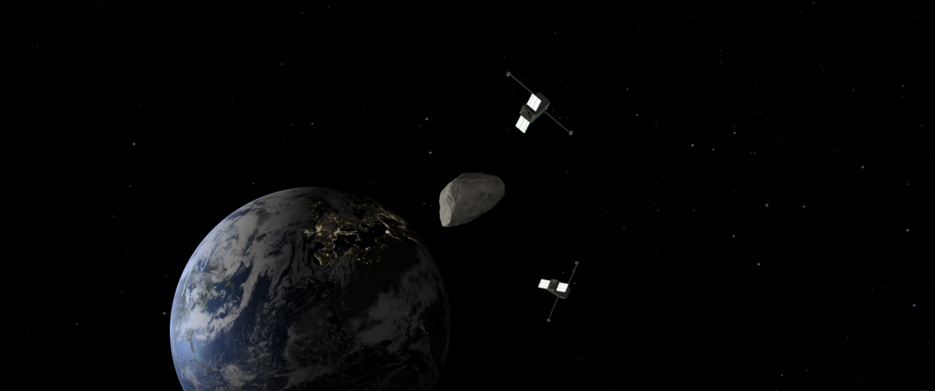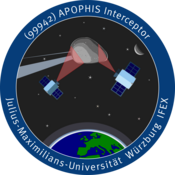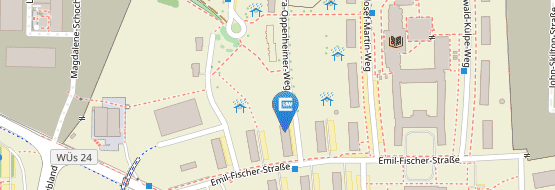NEAlight project extended
04/30/2025The NEAlight project has received a 12-month extension to develop the Apophis Interceptor concept within the scope of a Phase A study.

The NEAlight project was extended in order to investigate the Apophis Interceptor mission concept within the scope of a Phase A study. The aim of this phase is to evaluate the technical and scientific feasibility of the mission, design initial system architectures and identify critical requirements.
Apophis Interceptor is a concept for a small satellite mission that will take advantage of the unique opportunity to observe the near-Earth asteroid (99942) Apophis at close range during its flyby of Earth in April 2029. Two identical small satellites are to be placed in a highly elliptical Earth orbit for this purpose, from which they can simultaneously capture imagery Apophis from different angles during its close flyby of Earth on April 13, 2029. These images can be used to obtain information about the shape and rotation of the asteroid, as well as the effects of its close approach to Earth.
In addition to observing the asteroid, the concept also envisages measuring the Earth's radiation and magnetic field environment during the mission lifetime of about one year. The project thus contributes to both asteroid research and the characterization of near-Earth space.
The project NEAlight is funded by the German Space Agency at the German Aerospace Center (DLR) with funds from the Federal Ministry for Economic Affairs and Climate Action (BMWK) (FKZ: 50OO2413).









